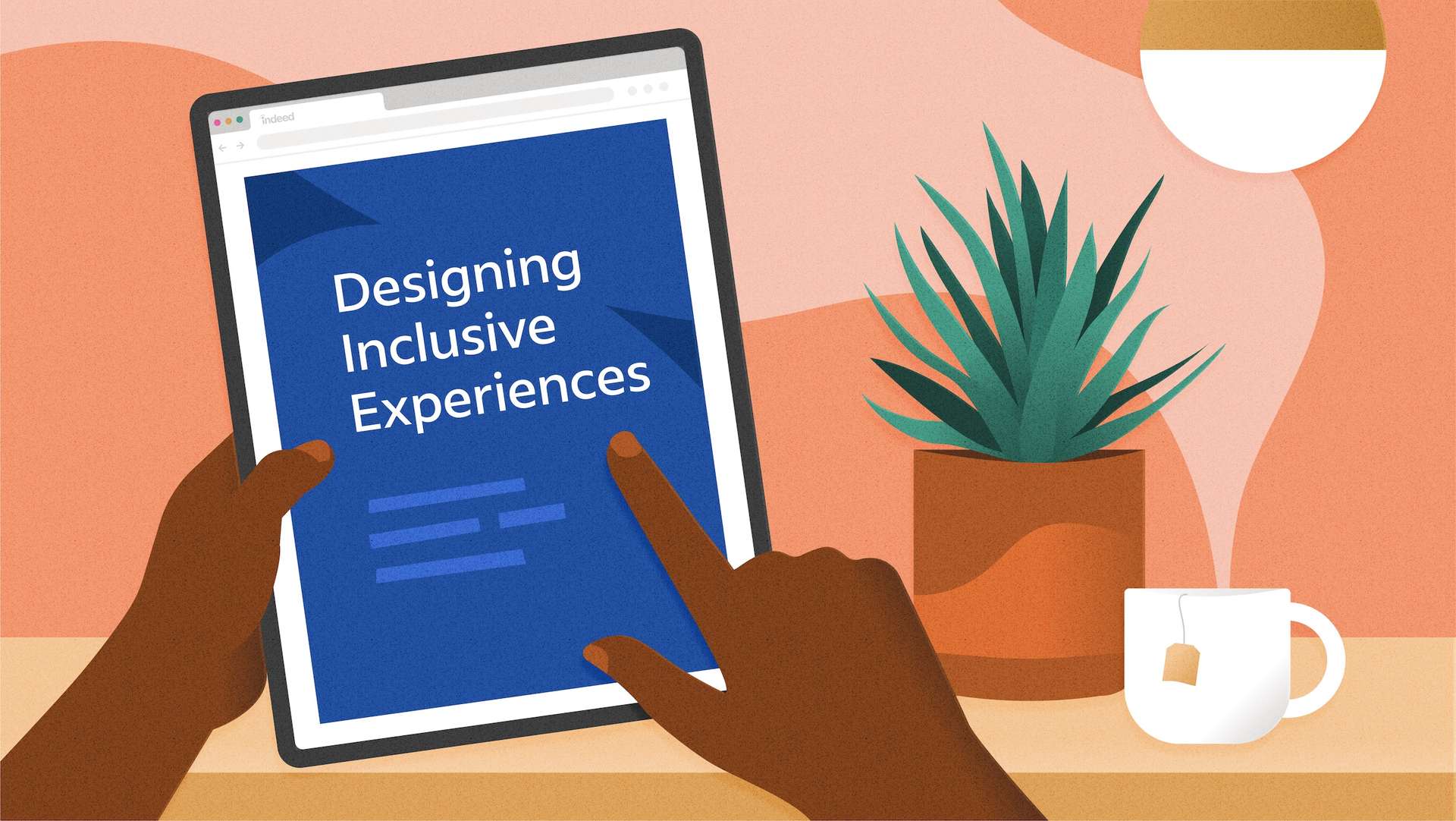Get the guide: Designing Inclusive Experiences
Inclusive design isn’t always accessible or equitable. Even with the best intentions, tight deadlines and diverse user needs make it difficult to slow down and ask, “who might this design or content exclude?” That’s why my cross-disciplinary team created this resource to focus our conversations about human-centered design and content. The Designing Inclusive Experiences Audit is a checklist of questions that quickly shows you whether your product meets the needs of as many users as possible. We use it as part of a holistic heuristic evaluation that drives our design strategy.
In recent years, the UX field has committed to following the Web Content Accessibility Guidelines (WCAG), but the reading is dense. I worked with Behavioral Scientist Rachel Rosenberg and Content Designer Nick Bachan on my team to streamline guiding questions about accessibility, neurodiversity, stereotype threat, and technological limitations. Each question also gives an example of a person whose experience might be affected by a design aspect—like how someone with colorblindness interacts with color and image in a product. But the truth is, this audit is a great tool for effectively considering the needs of all users. Designing with these factors in mind will improve your experiences across the board.
Please note that this design guide does not and is not intended to constitute legal advice or act as a substitute for legal advice for meeting any accessibility standards required by law.





